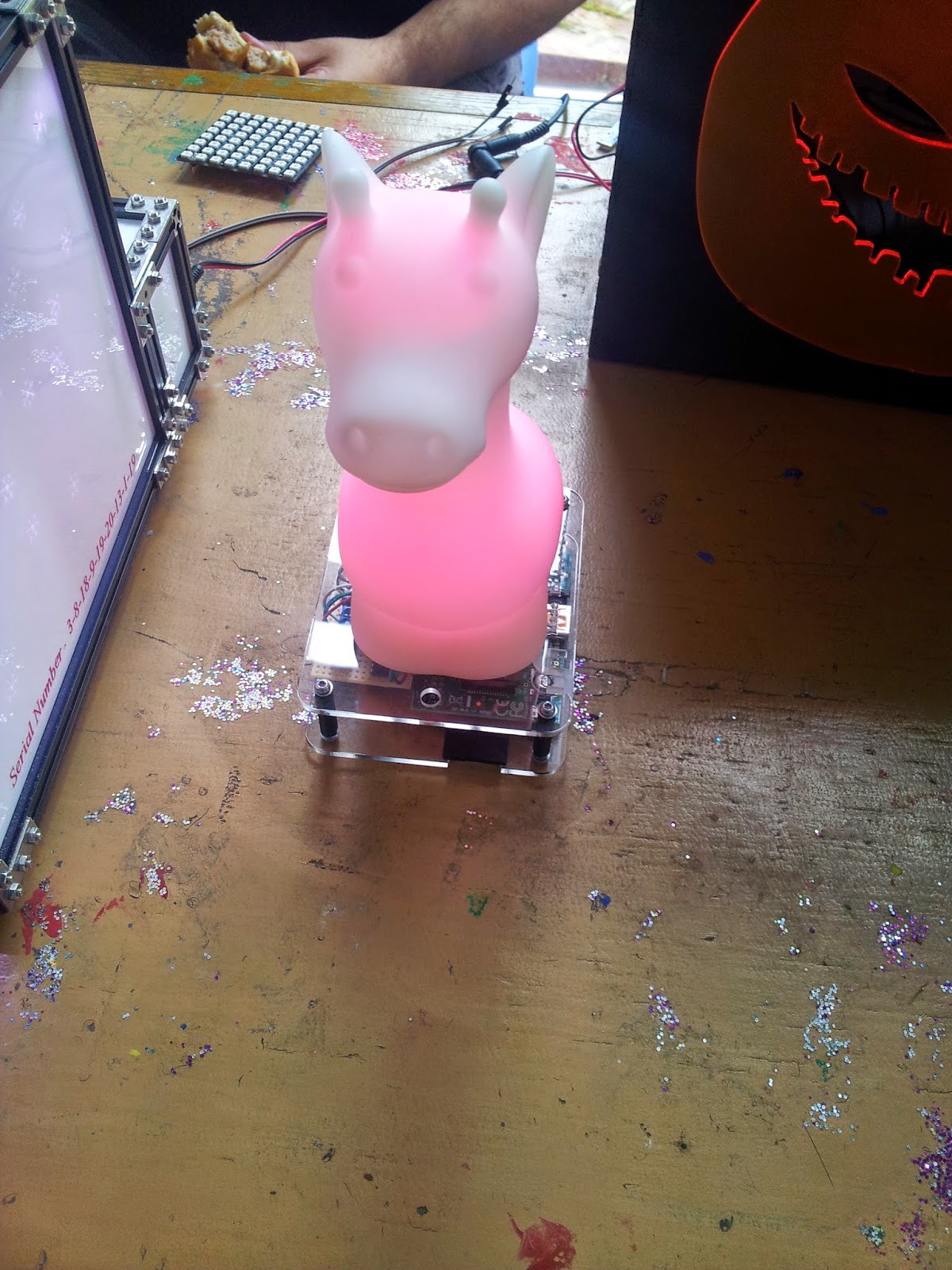Nevil Hunt from Innovations in Education has come up with a Raspberry Pi add-on called “The PiTrol” designed to
encourage children to write their own computer games in Python. The PiTrol is a Pi-shaped games controller
that plugs into the GPIO connector of the Raspberry Pi allowing computer games
to be controlled with a 5-way joystick and 5 push-buttons.
Nevil was looking for beta testers so I volunteered, my kit
arrived this week.
The PiTrol kit contents, oh so
many parts.
|
The PiTrol fully assembled
|
Assembly of the kit took about 45 minutes though less experienced constructors may take longer, the assembly instructions are very thorough and easy to follow. The kit uses all ‘through-hole’ parts so none of that tiny SMD stuff which can easily be lost if you sneeze. I did use IC sockets for the integrated circuits as I'm not a fan of soldering IC's directly to the PCB.
I downloaded and ran the Python
test program from Nevil’s PiTrol webpage, the program tests that the PiTrol is
working correctly. The test Python program
is well commented which makes it easy to understand.
Once I had made sure everything
worked correctly, I started on the seven steps to PiTrol wormy which takes the pre-written
Python wormy game and shows you how to modify it step by step so that it works
with the PiTrol rather than using your keyboard. I have
successfully completed step 1 so only 6 more steps to go until I have fully
working PiTrol controlled wormy game.
In summary I think that Nevil has
come up with another great Raspberry Pi add-on board, it covers all your project
and learning needs.
If you would like your own, then head
over to ThePiTrol website for more
information.







































